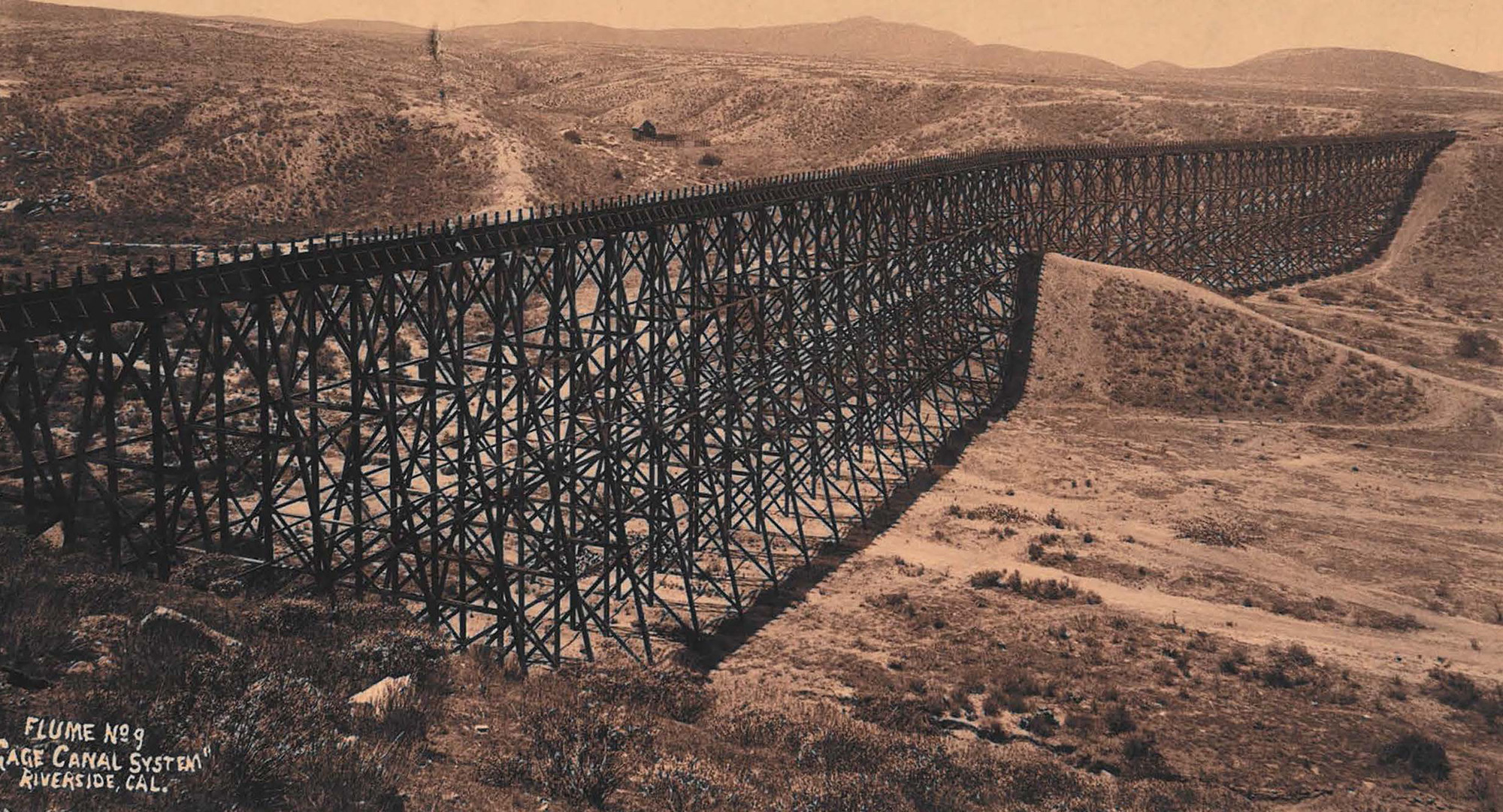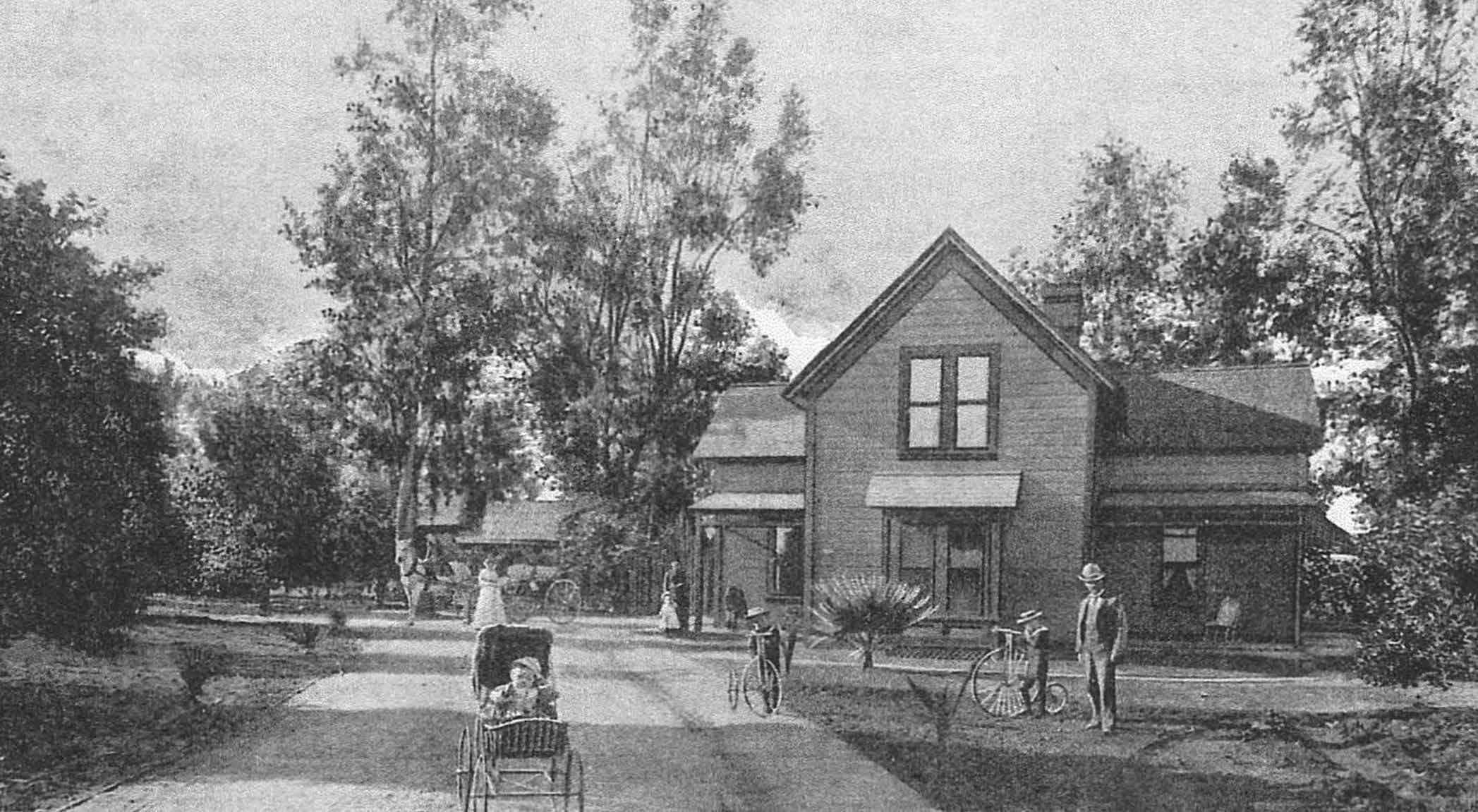

Matthew Gage, an Irish-Canadian immigrant, constructed a 20 mile long irrigation canal after deciding that the Riverside Canal Company in operation at the time was no longer serving the needs of the burgeoning community. He uprooted his family of 6 from Kingsville Ontario, Canada to grow a community and business that would offer a bright future for generations to come. Alongside John W. North and Frank Augustus Miller, he played an instrumental role in founding Riverside based on Christian values. Gage took on the challenge of irrigating Section 30 with the faith that the surrounding land in Riverside provided the opportunities for success.
Gage saw the value of bringing water to un-irrigated areas. Few people thought that a humble jewelry maker such as Gage could bring water to such a dry area, providing the resources for stable agriculture. Once Gage was able to secure a water source from Alfonso Carit’s vast holdings, he had access to the Santa Ana River. He was then tasked with convincing property owners to grant him right-of-way along the 20 miles the canal would be built. His greatest selling point was that water users would become shareholders upon completion of the canal. Some of these families are still shareholders today.
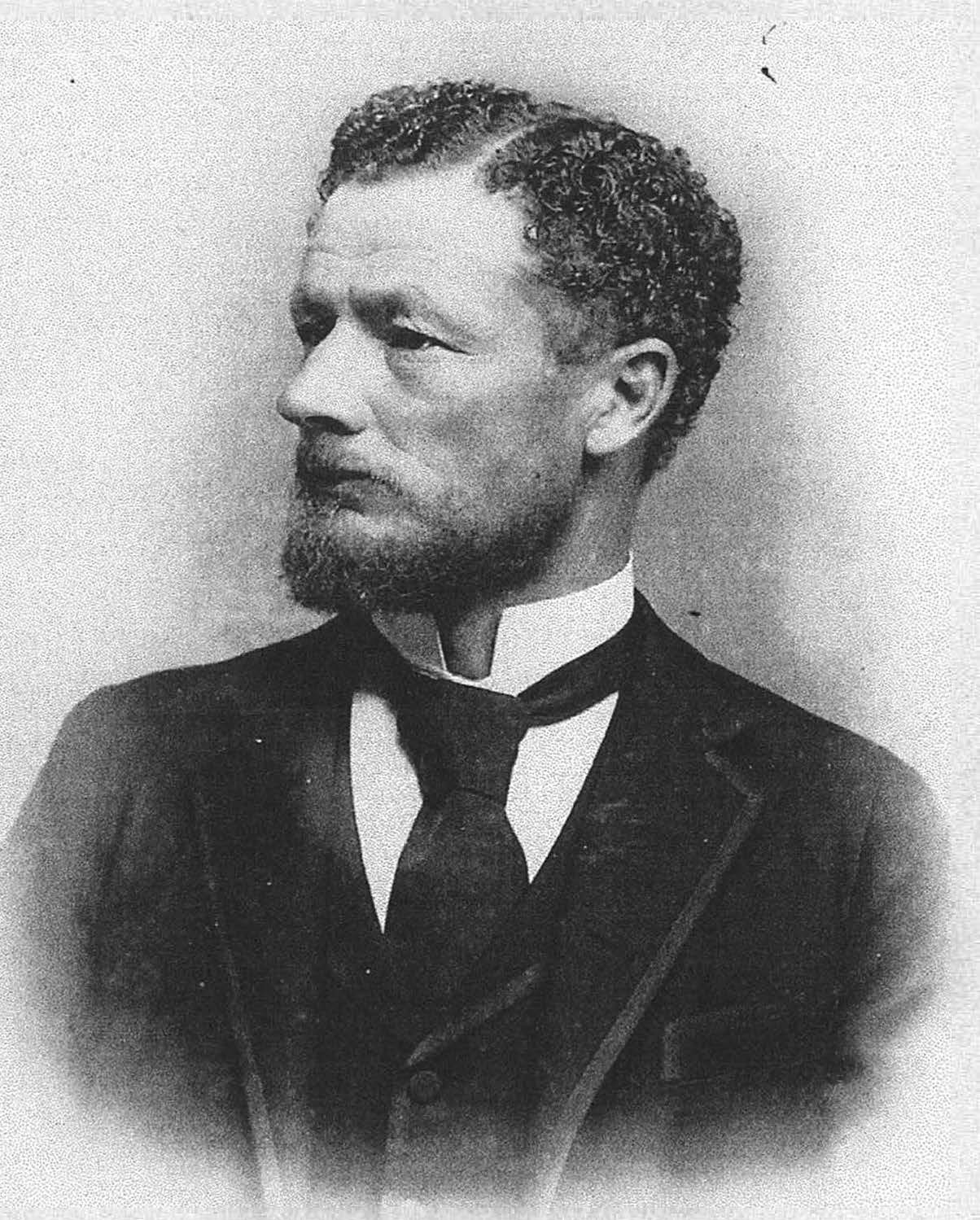
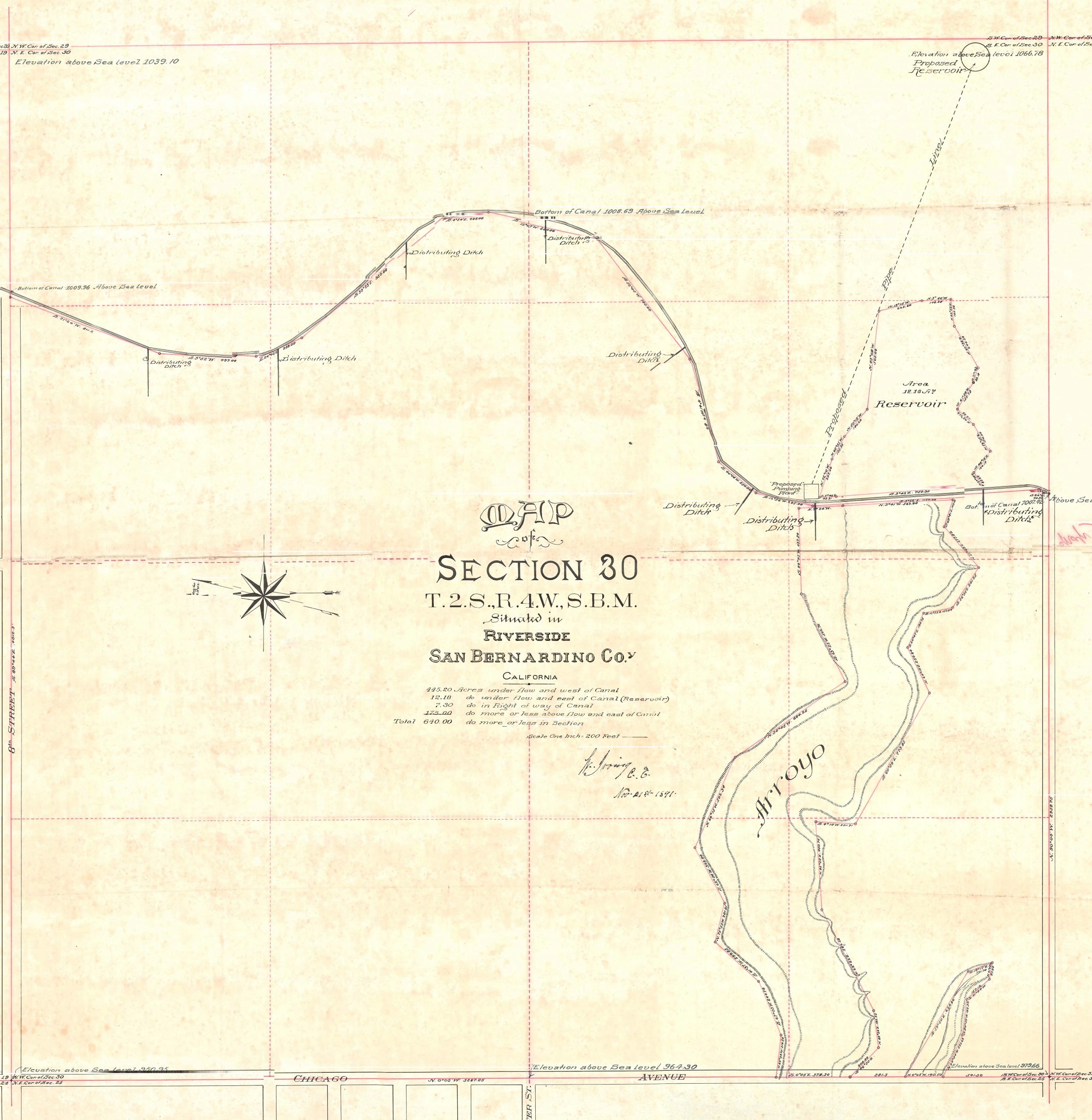
Government land located 2 miles east of Downtown Riverside was considered worthless without water, called Section 30. Matthew Gage obtained a patent to build on the land and was given 3 years to irrigate. He faced challenges in finding a water source, securing shareholders, and finishing the canal on time. This lead to lawsuits and resentment from men who believed Gage should not have that much control over water.
Gage confessed to employing a man of local legend known as “The Water Witch”. Using electrical currents, he would locate hidden water sources before boring and bring the water to the surface.
When dry seasons made water scarce, The Gage Canal Company and the Riverside Canal Company were blamed for stealing the supplies of nearby creeks. Individuals who did not receive water destroyed dams, ditches and flumes. Gage relocated his family to a house he built in Section 30 that sat near Artesian Wells valued at over $250,000. His children would play in the springs and a secured water source protected the family from shortages.
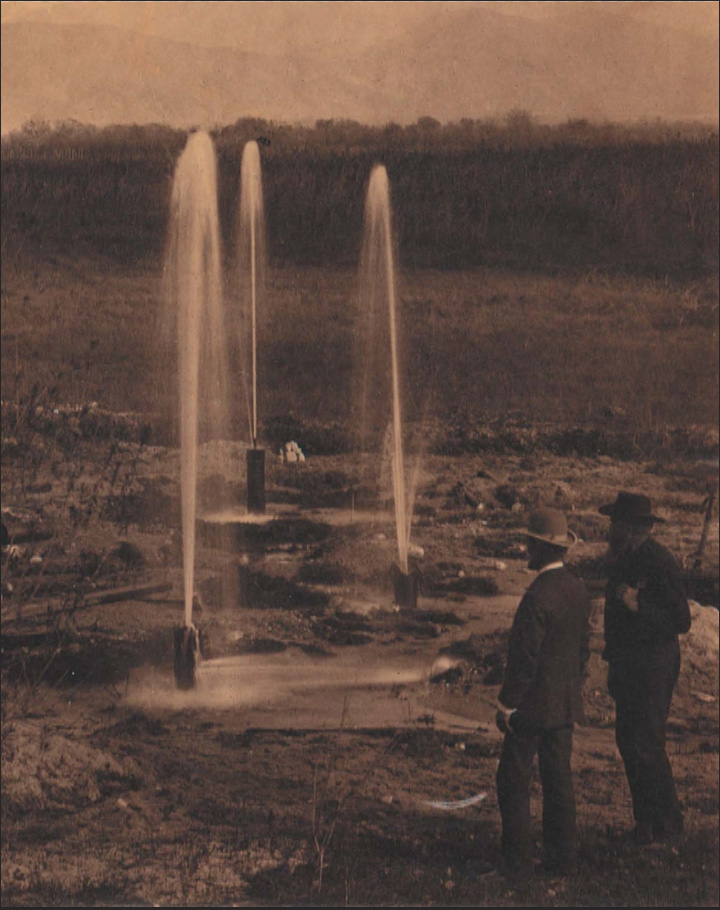
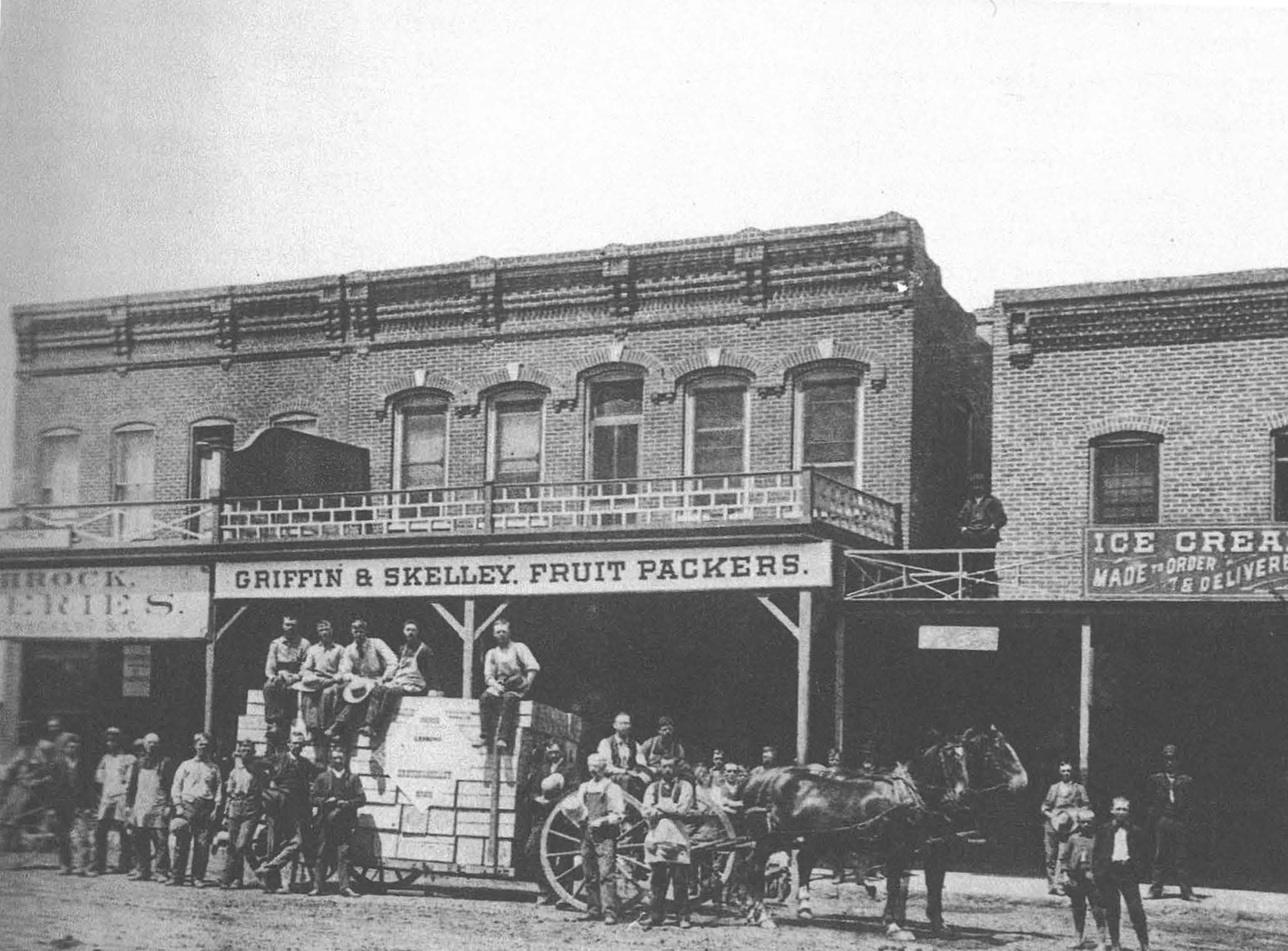
By 1900, Riverside was well-known as the “Home of the Navel Orange”. Citrus fruit production began to greatly influence the success or failure of any Riverside household. From banks and merchants to common laborers, everyone was affected by the growth of oranges. Most packinghouses in the county belonged to the local association Riverside Fruit Exchange, who held monthly meetings for workers to share and discuss new developments in citrus technology.
Matthew Gage’s brother, Robert, drew the intricate plans for a flume to irrigate an area named Arlington Heights. It was able to deliver water to thousands of acres overlooking Arlington which promised to be the most desirable residential and agricultural land and is still visible today.
